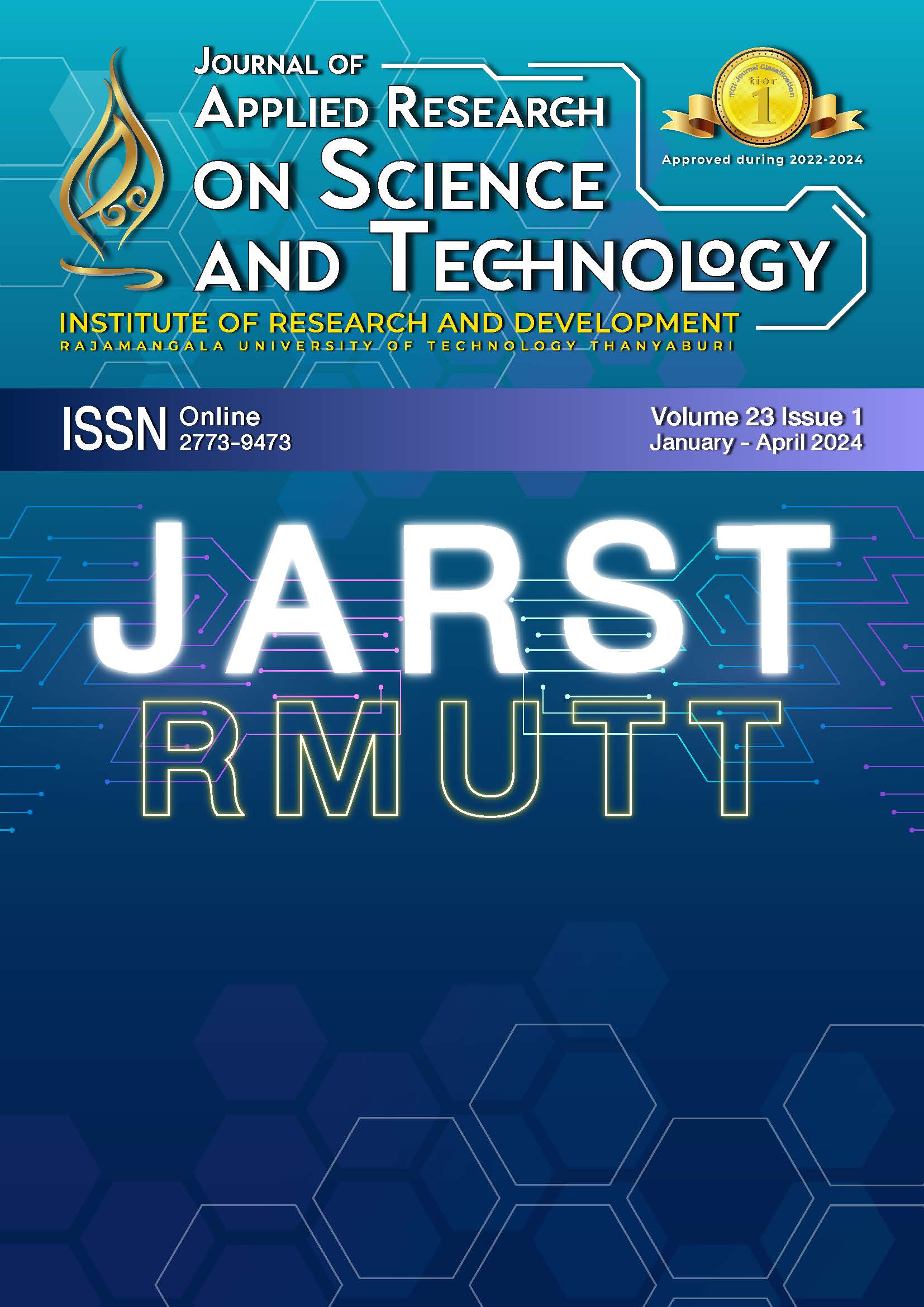Development of an innovative wireless power transmission model for marine applications
Main Article Content
Abstract
The conventional wired charging system for ship-to-shore charging of underwater vehicles is prone to specific problems related to unreliable connection mechanisms and safety. The wireless charging system overcomes the danger of electrocution, as the power is transferred from the shore to the ship via electromagnetic induction instead of traditional ways of transferring AC power in the marine environment. This paper presents a novel system-level modeling and designing of wireless power transmission for marine applications. The proposed system comprises three main components: (a) a shore-side mobile transmitter (Shore-SMT), (b) an onboard static receiver, and (c) another ship-side mobile transmitter (Ship-SMT). The Shore-SMT and Ship-SMT, each consisting of a circular array of magnets, rotate in the vicinity of the receiver with a fixed circular variety of coils, resulting in voltage induction in the receiver coil. Consequently, the induced voltage in the receiver coil charges the onboard batteries. COMSOL® MULTIPHYSICS environment is used for the modeling and simulation of the proposed system using finite element method (FEM). The test cases simulate the individual and mutual rotation of the transmitters at several distances from the receiver coil. A prototype of the model is also developed. Experimental results from the developed prototype show promising performance as the percentage of transferred voltage increases from a single layer of x9 coil and x9 magnet bars to 70-75% and 80% in a double layer of x9 Ferro bars with x9 winding coils and double-sided x12 magnets and x9 winding coils respectively. It proves to be a better alternative to the conventional methods used for Ships and Vessel charging.
Article Details

This work is licensed under a Creative Commons Attribution-NonCommercial-NoDerivatives 4.0 International License.
References
Vincent D, Sang PH, Williamson SS. Feasibility study of hybrid inductive and capacitive wireless power transfer for future transportation. 2017 IEEE Transportation Electrification Conference and Expo (ITEC), 2017 Jun 22-24; Chicago, IL, USA: IEEE; 2017.
Guo Y, Wang L, Zhang Y, Li S, Liao C. Rectifier load analysis for electric vehicle wireless charging system. IEEE Transactions on Industrial Electronics. 2018;65(9):6970-82.
Lu M. Synergetic Attenuation of Stray Magnetic Field in Inductive Power Transfer [dissertation]. Virginia: Virginia Polytechnic Institute; 2017.
Karimi S, Zadeh M, Suul JA. Shore charging for plug-in battery-powered ships: Power system architecture, infrastructure, and control. IEEE Electrification Magazine. 2020;8(3):47-61.
Wärtsilä's wireless charging: ahead of the game [Internet]. New York: 2017 - [updated 2017 Dec 4; cited 2020 Jun 9]. Available From: https://www.shiptechnology.com/features/wartsilas-wireless-charging-ahead-game/
Le K, Yuli HU, Wei Z. Maximum power efficiency tracking on underwater magnetic resonant wireless power transfer system. Journal of Harbin Engineering University. 2017;38:829-35.
Lin M, Li D, Yang C. Design of an ICPT system for battery charging applied to underwater docking systems. Ocean Engineering. 2017;145:373-81.
Yan Z, Zhang Y, Song B, Zhang K, Kan T, Mi C. An LCC-P compensated wireless power transfer system with a constant current output and reduced receiver size. Energies. 2019;12(1):172.
Kan T, Mai R, Mercier PP, Mi CC. Design and analysis of a three-phase wireless charging system for lightweight autonomous underwater vehicles. IEEE Transactions on Power Electronics. 2018;33(8):6622-32.
Yan Z, Zhang Y, Kan T, Lu F, Zhang K, Song B, et al. Frequency optimization of a loosely coupled underwater wireless power transfer system considering eddy current loss. IEEE Transactions on Industrial Electronics. 2019;66(5):3468-76.
Zhang K, Zhang X, Zhu Z, Yan Z, Member S, Song B, et al. A new coil structure to reduce eddy current loss of WPT systems for underwater vehicles. IEEE Transactions on Vehicular Technology. 2019;68:245-53.
Lee IG, Kim N, Cho IK, Hong IP. Design of a patterned soft magnetic structure to reduce magnetic flux leakage of magnetic induction wireless power transfer systems. IEEE Transactions on Electromagnetic Compatibility. 2017;59:1856-63.
Yan Z, Song B, Zhang K, Wen H, Mao Z, Hu Y. Eddy current loss analysis of underwater wireless power transfer systems with misalignments. AIP Advances. 2018;8:101421.
Kan T, Zhang Y, Yan Z, Mercier PP, Mi CC. A rotation-resilient wireless charging system for lightweight autonomous underwater vehicles. IEEE Transactions on Vehicular Technology. 2018;67(8):6935-42.
Tamura M, Naka Y, Murai K, Nakata T. Design of a capacitive wireless power transfer system for operation in fresh water. IEEE Transactions on Microwave Theory and Techniques. 2018;66(12):5873-84.
Tamura M, Naka Y, Murai K. The design of a capacitive coupler for wireless power transfer under fresh water focuses on the kQ product. 2018 IEEE/MTT-S International Microwave Symposium-IMS; 2018 Jun 10-15; Philadelphia, PA, USA: IEEE; 2018.
Urano M, Takahashi A. Study on underwater wireless power transfer via electric coupling. 2016 IEEE International Meeting for Future of Electron Devices, Kansai (IMFEDK); 2016 Jun 23-24; Kyoto, Japan: IEEE; 2016.
Sruthy V, Raj B, Preetha PK, Ilango K. SPV based Floating Charging Station with Hybrid Energy Storage. 2019 IEEE International Conference on Intelligent Techniques in Control, Optimization and Signal Processing (INCOS); 2019 Apr 11-13; Tamilnadu, India: IEEE; 2020.
Griffiths DJ. Introduction to electrodynamics. 3rd Ed. Upper Saddle River NJ: Prentice-Hall; 1999.
Sruthy V, Raj B, Preetha PK. An offshore floating charging station for electric ships: accessibility enhancement schemes for recharging. Ships and Offshore Structures. 2020;16(10):1143-50.


